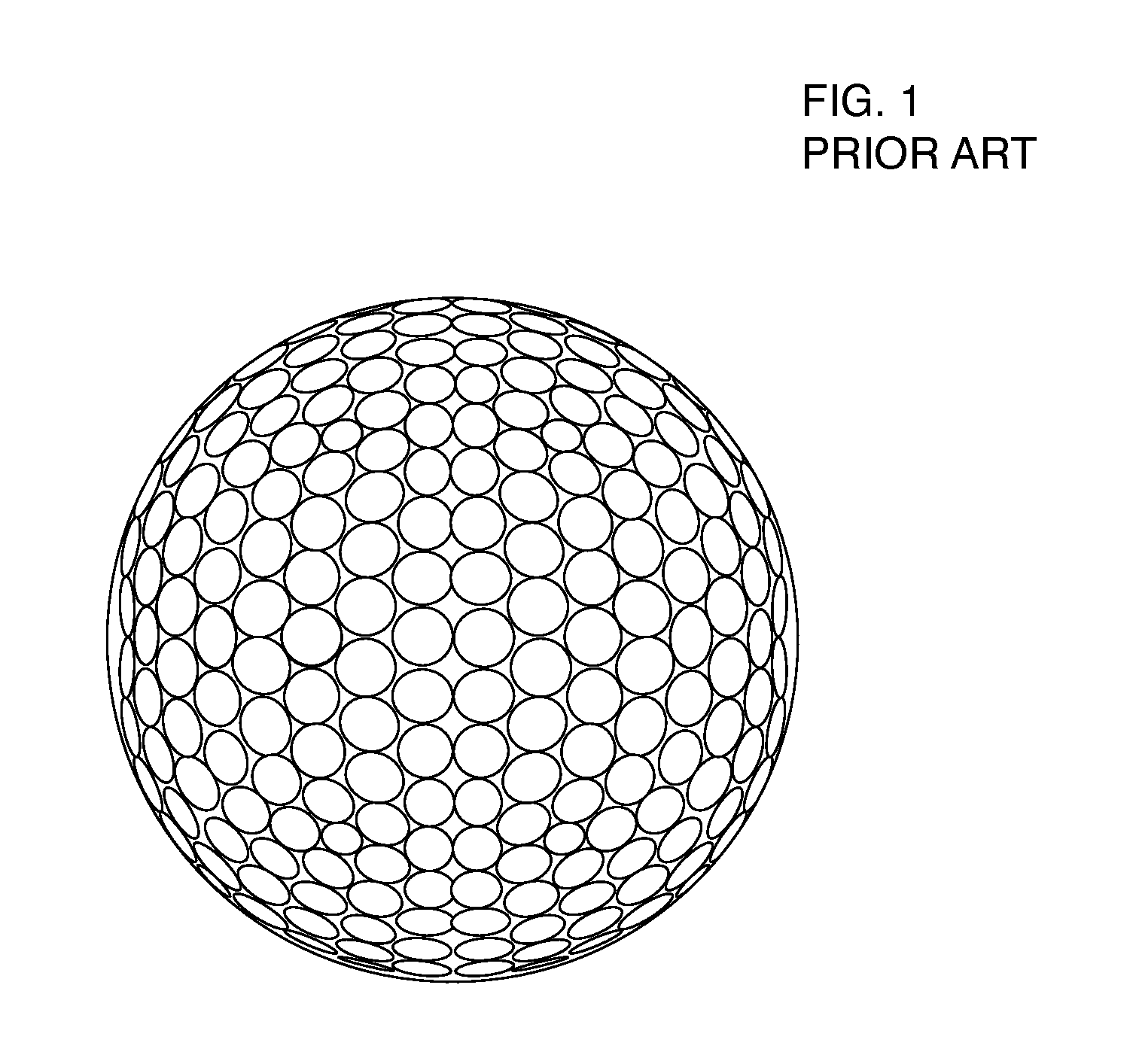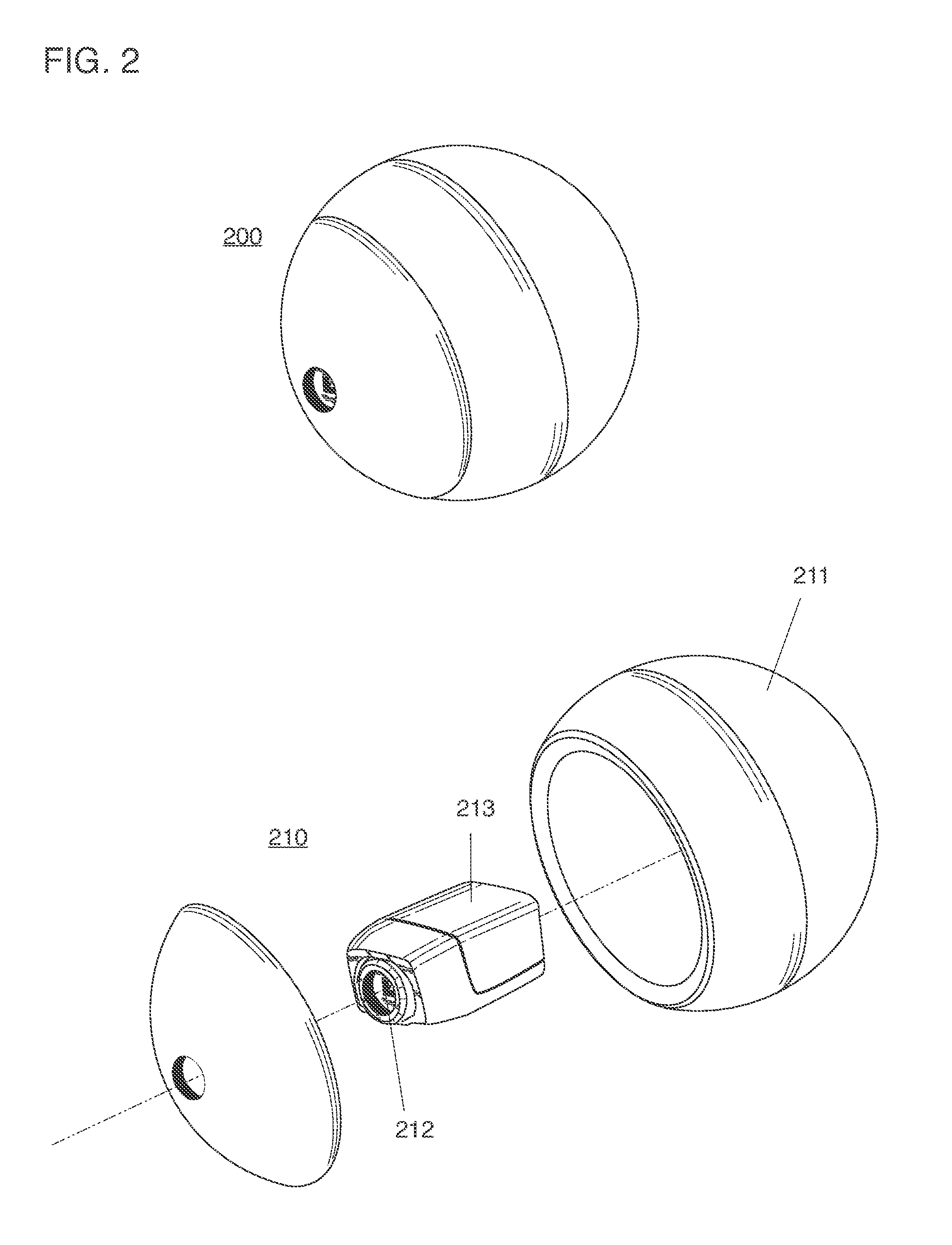Throwable camera and network for operating the same
a technology which is applied in the field of operating network and operating camera, can solve the problems of inability to adapt to the environment, and inability to change its own trajectory, so as to improve imagery and improve imagery
- Summary
- Abstract
- Description
- Claims
- Application Information
AI Technical Summary
Benefits of technology
Problems solved by technology
Method used
Image
Examples
Embodiment Construction
[0103]Re. Non-Spherical Camera Housings
[0104]Parent patent applications of the present invention incorporated by reference anticipated that the uniquely innovative combined elements of the camera of this invention were “all applicable to other recreational airborne objects of non-spherical shapes.” A variety of spherical and non-spherical shaped camera housings engineered for specific responses to aerodynamic forces were anticipated.
[0105]In one embodiment exampled in FIG. 5 herein and also described in parent applications, ball 520 changes shape to an egg-shape in response to aerodynamic forces acting on its surface over the course of its trajectory for the purpose of extending its range or changing direction. The exterior surface deformation trajectory changer illustrated in FIG. 5 is described in parent applications as a standalone improvement and as an improvement to a throwable camera having a trajectory trigger.
[0106]A housing that is intended to be spun into a trajectory whil...
PUM
 Login to View More
Login to View More Abstract
Description
Claims
Application Information
 Login to View More
Login to View More - R&D
- Intellectual Property
- Life Sciences
- Materials
- Tech Scout
- Unparalleled Data Quality
- Higher Quality Content
- 60% Fewer Hallucinations
Browse by: Latest US Patents, China's latest patents, Technical Efficacy Thesaurus, Application Domain, Technology Topic, Popular Technical Reports.
© 2025 PatSnap. All rights reserved.Legal|Privacy policy|Modern Slavery Act Transparency Statement|Sitemap|About US| Contact US: help@patsnap.com



